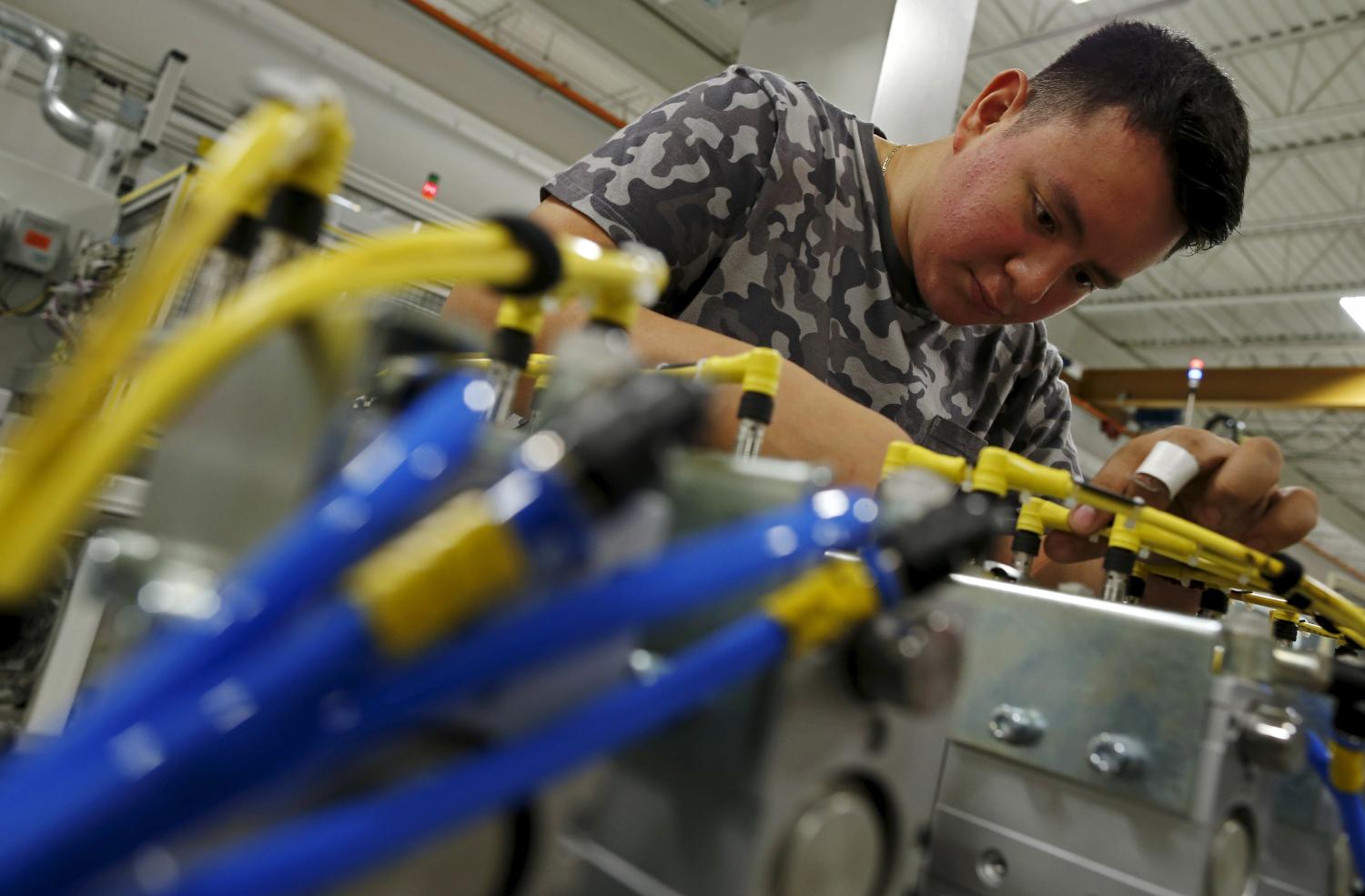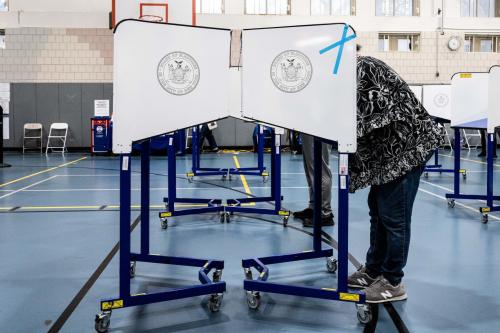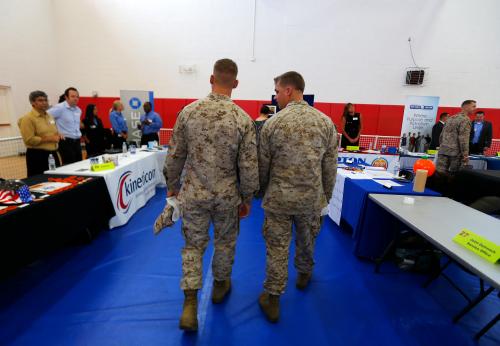Community colleges are a crucial component of the nation’s postsecondary options, serving about 40 percent of all undergraduates in America. The community college student population is a diverse group–nearly a quarter of community college students are Hispanic (23 percent), 13 percent are black, and 36 percent are first-generation college students. Further, 44 percent of low-income students attend community colleges as their first college after high school.
As part of their efforts to offer job training for students, many community colleges engage in “workforce development” programs. Considering the skills gap our country currently faces, these programs not only prepare community college students for professional success, but also provide local industries with skilled workers. Fostering relationships between colleges and local businesses is the foundation to a flourishing workforce development program.
To that end, Brown Center Fellow Elizabeth Mann’s new publication, “Connecting community colleges with employers: A toolkit for building successful partnerships,” outlines practical strategies for community college leaders to facilitate these essential relationships. The toolkit draws from interviews with industry and college experts as well as existing research, providing unique insights for creating and sustaining strong partnerships between community colleges and local industries.
As Mann notes, these relationships are key to successful workforce development programs, but forming them is not always intuitive. In the toolkit, she highlights three main strategies for connecting community colleges with local employers:
- Introducing a “navigator” to help the college interact with industry partners, including how this role facilitates communication between the two sides and who would be a good fit for the position.
- Identifying the key characteristics of productive partnerships, including how to maintain fruitful, long-term relationships and balancing the different aims of each partner.
- Developing a pragmatic plan for building alliances between colleges and industries, including the role of college leadership in forming industry relationships and attracting community engagement.
This toolkit offers community college leaders a resource as these institutions prepare students to join the workforce. As community colleges continue their ongoing efforts to provide effective, relevant workforce training programs for their students, community college leaders can draw on the toolkit to build a plan tailored to the specific needs of their students.
Download the PDF here, or explore the online interactive here.
Caitlin Dermody contributed to this post.
The Brookings Institution is committed to quality, independence, and impact.
We are supported by a diverse array of funders. In line with our values and policies, each Brookings publication represents the sole views of its author(s).







